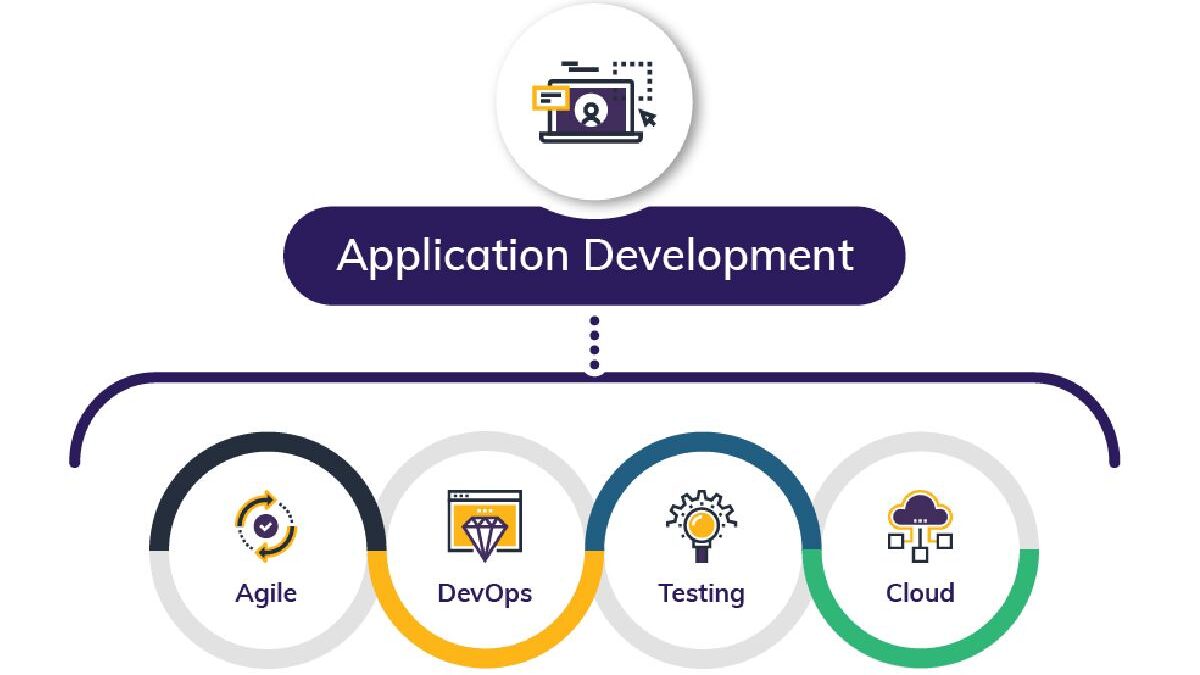There’s so many key factors that influence software development and delivery speed. Today’s programming teams are always looking for the best strategies, techniques, and methodologies to accelerate the SDLC. In order to do so, they first need to understand all the elements that impact how fast the pipeline can move. With that in mind, software engineers, like yourself, can achieve realistic, scalable speed levels for complex development projects. This way, you’ll be fully-prepared to dive into your next video game, mobile app, or banking software development project. To get started now, read on to learn about the factors that influence software development and delivery speed.
Table of Contents
Project Size & Complexity
first and foremost, the size and complexity of your software development project will have a direct impact on overall speed. Generally speaking, there are four common programming project sizes. Small projects usually only involve some insignificant upgrades, changes, and modifications. This means they can be completed in a relatively short timeframe – often less than one month. Medium-sized propjects on the other hand, are usually about creating basic applications with minimal functionality. For these, you’ll usually want to budget around 500 working hours. Then, there’s large and enterprise development projects. Since these involve the highest-level of functionality, these take the longest to build. In fact, you can expect to spend upwards of six month on these types of projects. Certainly, project size and complexity will have a major impact on custom software development and delivery speeds.
Development Tools & Technologies
In addition, the development tools and technologies you use can greatly impact project speed. The best development solutions maximize speed and accelerate software releases. For example, you can use powerful solutions that support multi cloud DevOps builds, such as a Cargo Registry by JFrog. With these enterprise-ready solutions, you can enable full control of the deployment and dependency resolution process. Of course, this provides you with fine-grained access control and seamless remote proxy capabilities. Even more, you can leverage advanced metadata calculation and version management functionality. Surely, development tools and technologies will have a serious impact on your programming speed.
Skills & Experience
Development and delivery speeds will also be influenced by your team’s level of skill. More skilled developers write code, test applications, and troubleshoot problems much faster. There can be as much as a 15X productivity curve between novice and experienced programmers. If you are already working with beginner software engineers, there’s a lot you can do to enhance their current skillset. For example, you can organize professional training seminars and send your top-performers to major developer conferences. Indeed, skills and experience will heavily influence the software development project timeline.
Source Code Quality
Also, the quality of your source code is another important factor for analyzing development speeds. As long as your coding standards remain consistently high, you shouldn’t be overly-concerned with your programming speed. When teams become too time-focused, they result to cutting-corners, skipping quality assurance (QA), or neglecting performance standards. Poor-quality code with errors will require time-consuming fixing, improvements, and modifications down-the-road. Ultimately, this can greatly add to your total expected timeframe. Rushing speed by skipping quality can seriously jeopardize your application’s long-term success. Absolutely, source code quality is a major factor that will impact software development speed.
Programming Team Size
Moreover, the size of your programming team can also impact the speed of your development project. More hands usually always makes the project go faster. For small and medium software builds, the optimal team size is right around five to seven people. On enterprise projects, teams can get as big as twenty or thirty people. However, this can also cause confusion and collaborative obstacles, which can cause the project to take longer. That being said, strong communication is always critical for success and rapid programming speeds — regardless of team size. Definitely, programming team size is a major factor that influences software development speeds.
There’s plenty of important factors that are known to influence software development and delivery speed. First off, speed will be heavily influenced by project size and complexity. It will also be greatly impacted by the development tools, programming resources, and supporting technologies that you use. Additionally, these skills and experience of your programming team can also affect your expected time frame. Moreover, end to end speeds can also be changed based on your source code quality. Furthermore, the size of your team will help you build software faster and deliver earlier. Follow the points highlighted above to learn about the factors that influence software development and delivery speed.

